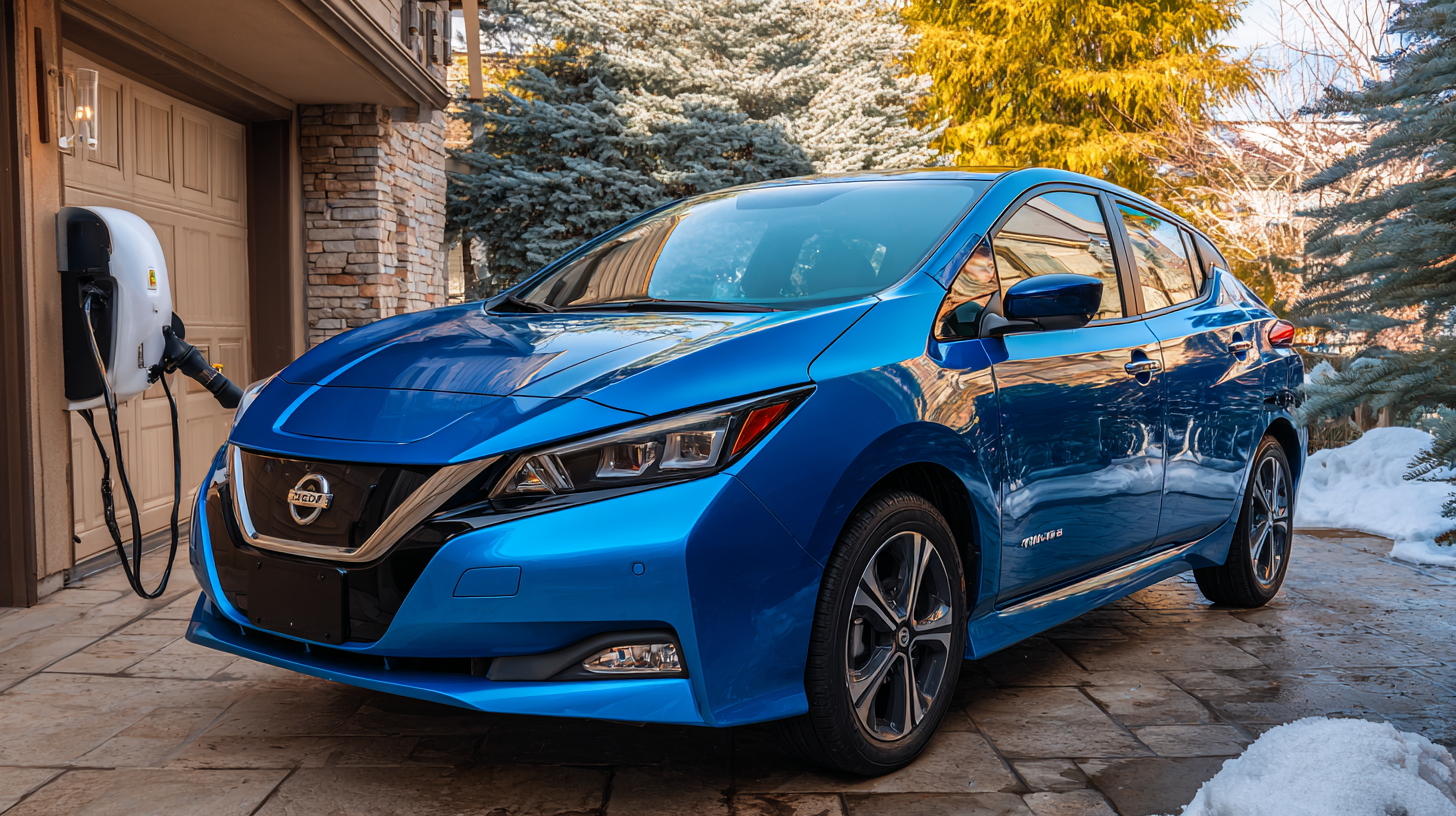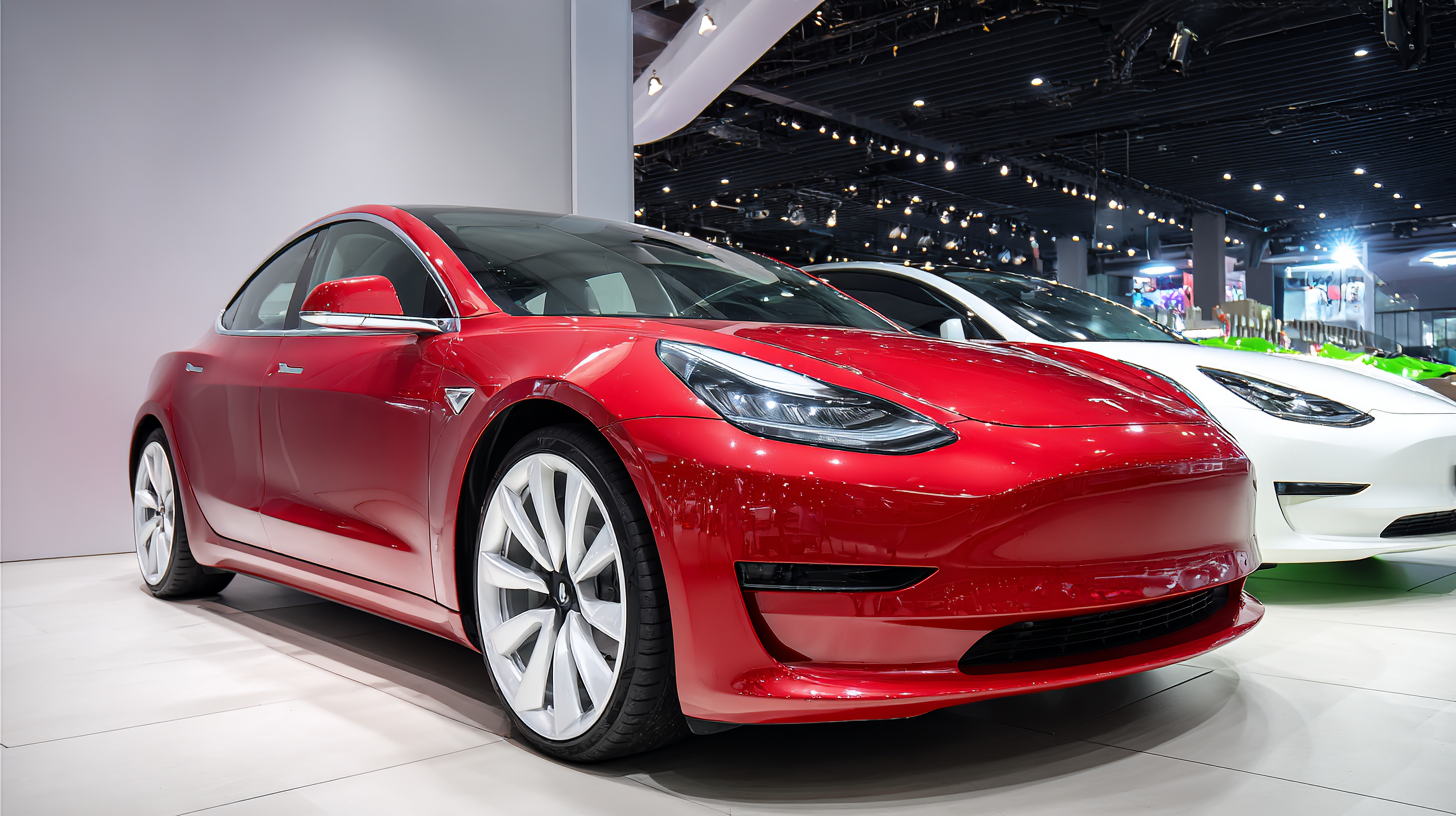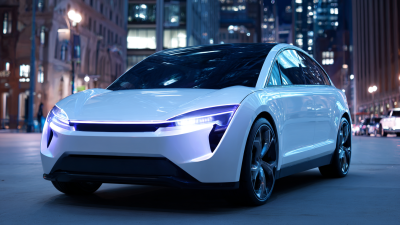In recent years, the demand for Affordable Electric Cars has surged significantly, driven by a growing awareness of environmental issues and the rising cost of gasoline. According to a report by the International Energy Agency, electric car sales reached a record 6.6 million globally in 2021, marking a 108% increase from the previous year. As consumers navigate the evolving landscape of electric vehicles, they are increasingly seeking budget-friendly options that don’t compromise on quality or features. With incentives from governments and manufacturers alike, the affordability of electric vehicles is improving, yet many buyers still find the selection overwhelming. This guide offers 15 easy tips to help you choose the right Affordable Electric Car that fits your budget, ensuring you make an informed decision in this rapidly developing market. By considering factors such as total cost of ownership, available incentives, and the latest models, potential buyers can find the perfect balance between price and performance.

When considering the transition to electric vehicles (EVs), it's essential to understand the true costs beyond the initial sticker price. While the upfront costs of electric cars have historically been higher than those of gasoline-powered vehicles, falling battery prices and increased competition are helping level the playing field. A deeper analysis reveals that the total cost of owning an EV can be significantly lower in the long run, accounting for factors such as fuel and maintenance savings.
Recent studies indicate that EV owners can save thousands of dollars in comparison to traditional internal combustion engine vehicles. This cost advantage is primarily due to the lower expenses associated with charging and maintaining electric vehicles. Additionally, as the market for EVs continues to expand, more affordable models are entering the marketplace, making it easier for consumers to find options that fit their budgets. Understanding these elements can help potential buyers make informed decisions and harness the financial benefits of owning an electric car.

When considering the purchase of an electric vehicle (EV), exploring government incentives and rebates can play a crucial role in making your decision more affordable. Many countries and states offer significant financial incentives to encourage the transition to electric cars. These can include tax credits, grants, and rebates which can substantially reduce the initial cost of purchasing an EV. For instance, in the United States, federal tax credits can provide up to $7,500 off your tax bill depending on the model of the EV, while state programs may offer additional discounts.
In addition to direct financial incentives, many regions have introduced various perks for electric car owners, such as reduced registration fees, access to carpool lanes, and exemptions from certain taxes. These benefits not only lower the upfront cost but also enhance the overall savings during the life of the vehicle. It’s essential to research the specific incentives available in your area as they can vary significantly. Taking advantage of these programs can make owning an electric vehicle much more feasible within your budget, allowing you to enjoy the benefits of cleaner technology without breaking the bank.
| Tip Number | Tip | Incentive Type | Potential Savings |
|---|---|---|---|
| 1 | Look for federal tax credits | Federal Tax Credit | Up to $7,500 |
| 2 | Check for state incentives | State Rebates | Varies by state |
| 3 | Consider local utility incentives | Utility Discounts | $100 - $1,500 |
| 4 | Look for EV-specific financing options | Financing Programs | Lower interest rates |
| 5 | Investigate trade-in programs | Trade-In Incentives | $1,000 - $5,000 |
| 6 | Utilize carpool lane access | Carpool Lane Access | Time savings |
| 7 | Research tax deductions | Tax Deductions | Varies |
| 8 | Consider second-hand EVs | Pre-Owned Incentives | Lower initial cost |
| 9 | Watch for seasonal incentives | Promotion Incentives | Varies |
| 10 | Participate in EV workshops | Educational Incentives | Knowledge gain |
| 11 | Explore leasing options | Leasing Incentives | Lower monthly payments |
| 12 | Check eco-friendly discounts | Eco-Discounts | Varies |
| 13 | Look into workplace incentives | Employer Programs | Varies |
| 14 | Monitor utility rates | Dynamic Rate Discounts | Varies |
| 15 | Stay informed about policy changes | Policy Incentives | Potential future savings |
When selecting an affordable electric car, evaluating the battery life and warranty options is crucial for maximizing your investment. Battery life is a significant factor, as it directly affects how often you'll need to recharge your vehicle and the overall cost of ownership. Look for cars that offer a minimum range that suits your daily driving needs; typically, models with a range of 200 miles or more are preferable. Additionally, consider the battery's degradation rate over time, as this can impact performance and resale value. It is essential to research real-world usage reports and customer reviews to understand how well different models perform under varied conditions.
Equally important is the warranty offered on the battery itself. Most manufacturers provide a warranty that covers the battery for at least eight years or 100,000 miles, ensuring that you have peace of mind in case of any issues. When comparing options, pay attention to what the warranty specifically covers—look for policies that include protection against significant capacity loss and replacement costs. Some brands may even offer extended warranties or additional services that can further enhance the value of your purchase. By carefully assessing these aspects, you can find a budget-friendly electric vehicle that not only fits your financial constraints but also meets your driving needs effectively.
When selecting an affordable electric car, researching maintenance costs and resale values can significantly influence your financial decision. According to a report by the Electric Vehicle Association, electric vehicles generally have lower maintenance costs, often averaging about 30% less than their gasoline counterparts. This reduction is largely due to fewer moving parts and the absence of complex systems such as air filters and oil change services, which plague traditional vehicles. Consequently, potential buyers should consider models known for reliability, such as the Nissan Leaf or Hyundai Kona Electric, which not only feature lower maintenance costs but also boast impressive performance metrics.
Resale value is another critical factor in the long-term affordability of electric vehicles. The Automotive Leasing Guide indicates that electric cars depreciate at a slower rate compared to conventional vehicles, with certain models retaining up to 60% of their value after three years. This is an essential consideration, particularly as the market for used electric vehicles continues to grow. Factors such as brand reputation, battery life, and technological advancements play a significant role in determining a vehicle's resale value. Therefore, thorough research and understanding of these elements can help buyers not only save on immediate costs but also ensure a better return on investment in the future.

When exploring affordable electric vehicles, it’s essential to compare range and efficiency to make the most of your budget. As the global market for Battery Management Systems (BMS) is projected to expand significantly, reaching $46.94 billion by 2032 from $11.42 billion in 2024, the importance of efficient energy use and technology becomes increasingly clear. As consumers prioritize battery life and vehicle range, knowing how different models perform can influence purchasing decisions, ensuring that buyers invest wisely in electric vehicles that fit their financial constraints.
In addition to considering vehicle specs, government incentives can enhance the affordability of electric cars. For instance, the Malaysian government’s recent initiative to allocate RM70 million in electronic rebates aims to encourage the purchase of energy-efficient appliances and vehicles. This proactive step not only facilitates consumer access to electric options but also supports broader energy efficiency objectives, which are critical as more businesses and households shift toward sustainable practices. As both market dynamics and government policies evolve, the affordability, range, and efficiency of electric vehicles will play pivotal roles in shaping consumer preferences and budgets over the coming years.
This chart compares the range (in miles) and efficiency (in miles per kWh) of several affordable electric vehicles to help you understand which options maximize your budget for electric vehicles.






